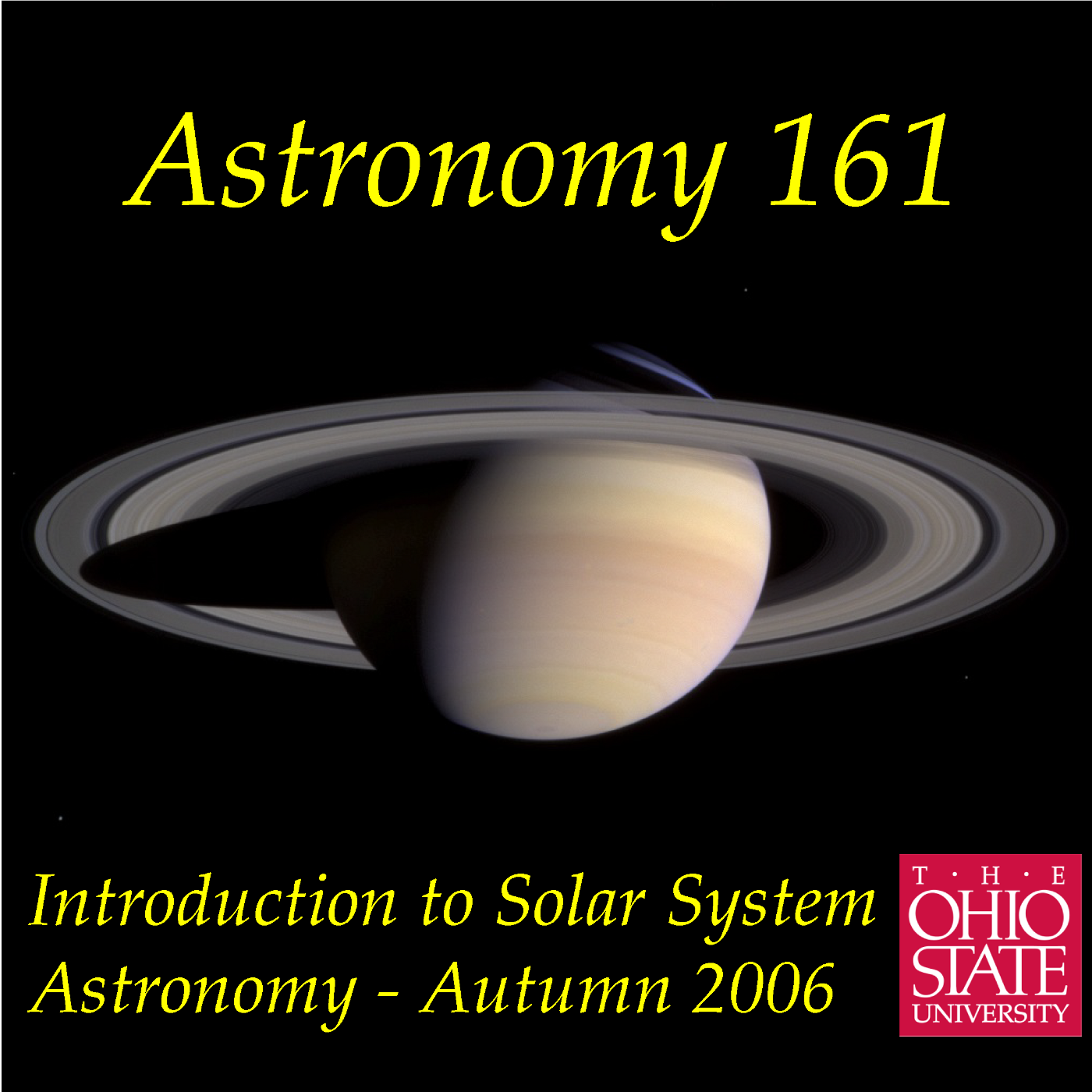Lecture 32: The Origin of the Solar System

How did the Solar System form? This lecture examines the clues in the\npresent-day dynamics (orbital and rotation motions) of the planets and\nplanetary composition to the formation of the solar system. We will\nthen describe the accretion model, where grains condense out of the\nprimordial solar nebula, grains aggregate by collisions into\nplanetesimals, then gravity begins to work and planetesimals grow into\nprotoplanets. What kind of planet grows depends on where the\nprotoplanets are in the primordial solar nebula: close to the Sun only\nrocky planets form, beyond the Frost Line ices and volatiles can\ncondense out, allowing the growth of the gas giants. The whole process\ntook about 100 million years, and we as we explore the solar system we\nwill look for traces of this process on the various worlds we visit.\nRecorded 2006 Nov 7 in 100 Stillman Hall on the Columbus campus of The\nOhio State University.